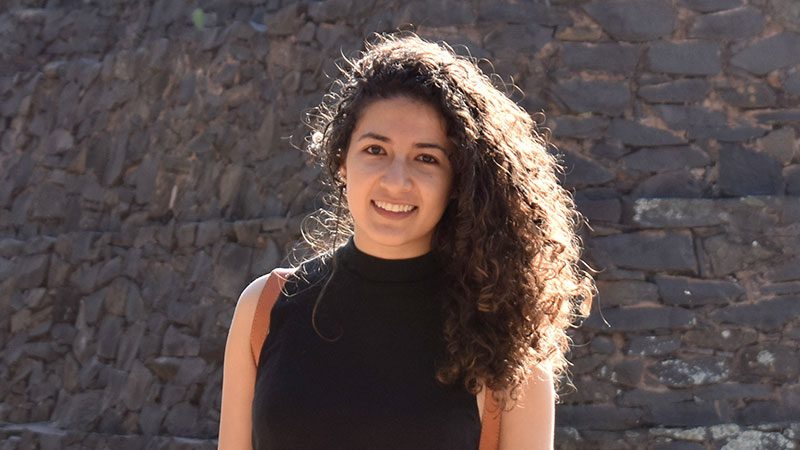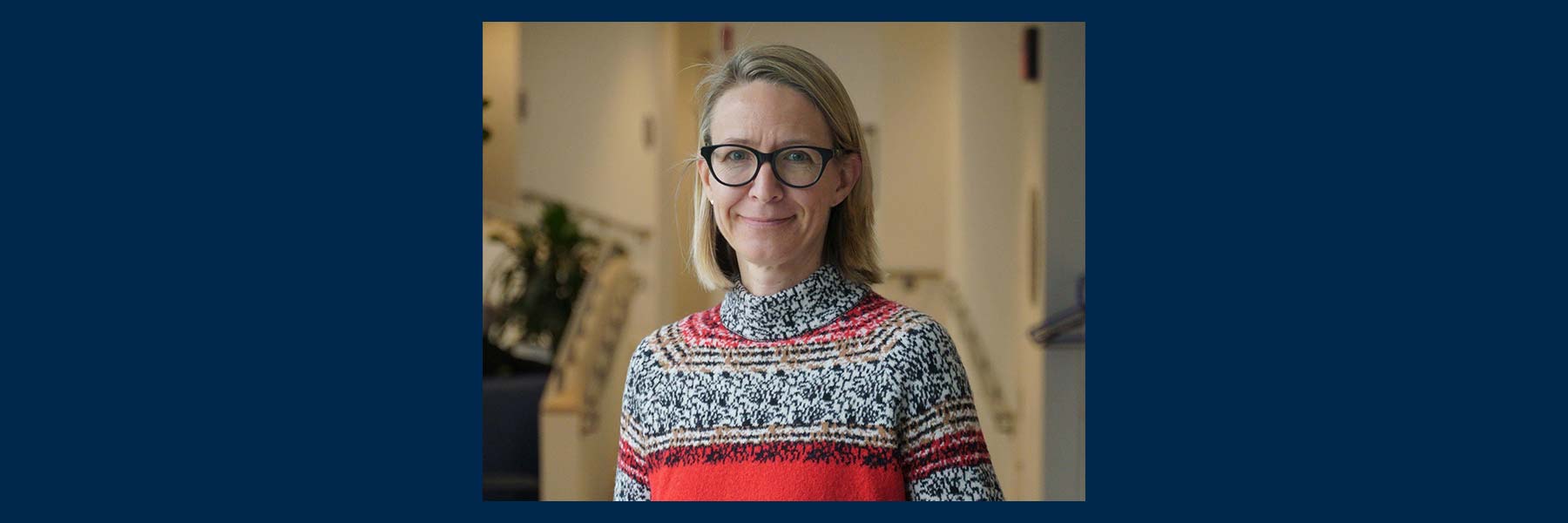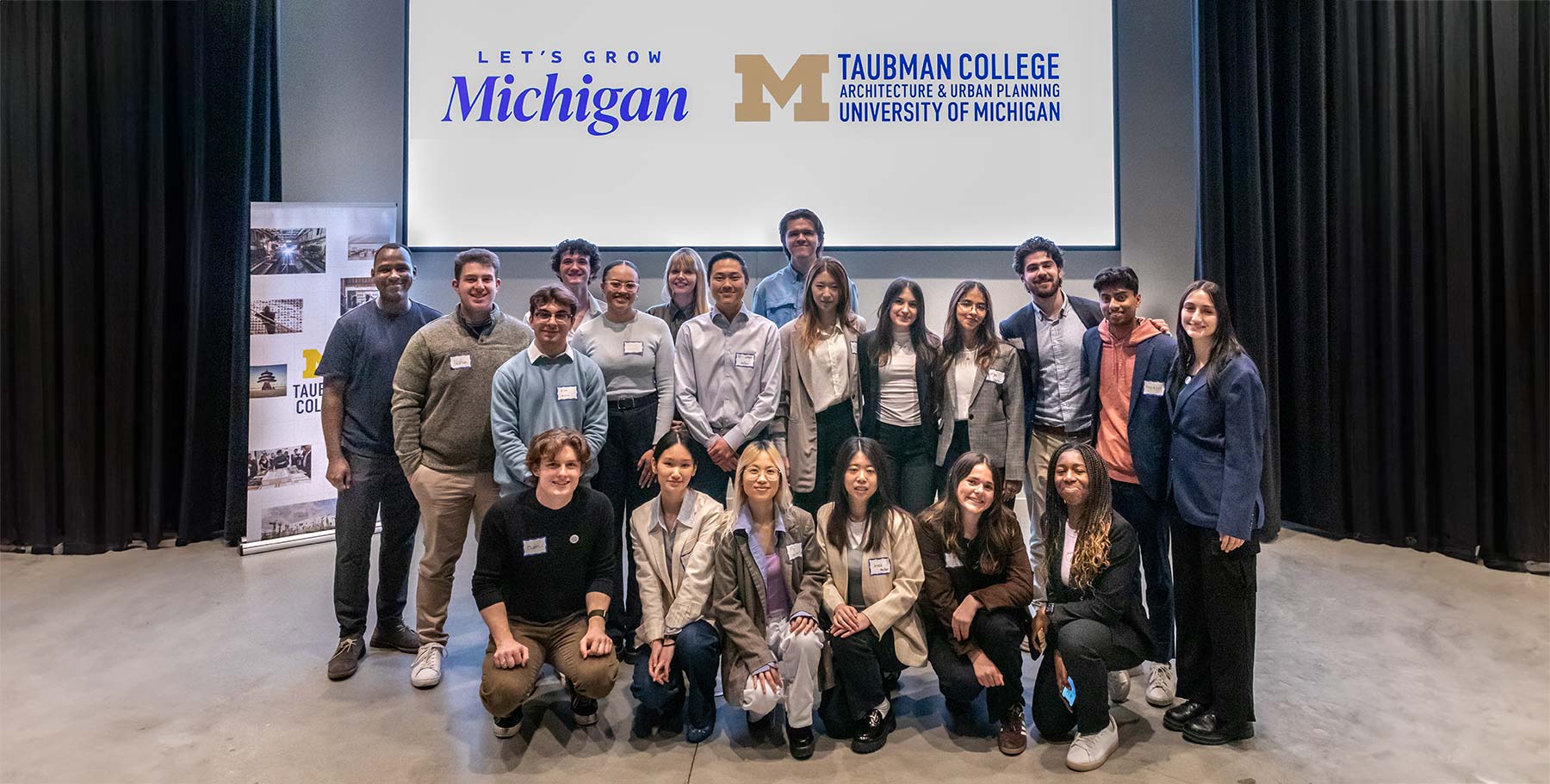Rosa Manzo, M.Arch ‘22, has received Taubman College’s 2022 George G. Booth Traveling Fellowship. The Booth Fellowship, which began in 1924, annually provides a $10,000 stipend to recent Taubman College graduates pursuing architectural research that requires international travel.
Manzo’s project is titled “Thatched: Understanding Andean Thatching As Identity Markers and Spatial Folklore Practices.” She will travel through Peru, Bolivia, and Chile for four weeks conducting ethnographic research which seeks to understand the thatched architecture of Andean cultures as a practice of folklore.
“‘Thatched’ builds upon my interest in topics of origin, narrative, displacement, accessibility, equity, previous research situated in Peru’s Huascaran National Park, and thesis work on the spatialization of folklore and informal modes of making,” said Manzo.
Manzo said her interest in spatial folklore was inspired by her experiences growing up. “My family’s from Mexico. I was the first generation born in the U.S. I grew up speaking Spanish. I grew up going back to my parents’ hometown, their village in Mexico, and seeing a different kind of relationship to the land and the immediate built environment and houses and structures. It’s a lot more tactile, people are making it, it’s a long-term construction-design relationship.”
When working on her Booth Fellowship proposal, she said, “That relationship is something that I really wanted to explore and see through, maybe from a culture similar to my own, but still a different culture that would enable me to learn something.”
She noted that, while working on her thesis, her ability to travel was limited both by the COVID pandemic and limited means and funding. She’s proud of the thesis she produced, a graphic narrative of spatial folklore in New Mexico. But, she knew there was much more to research, and she is grateful that the Booth fellowship gives her the chance to more deeply explore the areas of her thesis work she is most passionate about.
During her travels, Manzo will observe, document, and, when allowed, participate in thatching practices. The result of this ethnographic research will be a record of oral history and teachings, the dissemination of knowledge, the presence of identity markers, and the role they play as origin structures for nomadic and displaced people.
She will not look at thatching through the lens of western theory. Rather she will examine the practice, she said, “as a type of folklore and technology cognizant of the context of its existence and ritual, the physical and intellectual labor of its indigenous creators, and its potential to shape and define cultures across millenniums and geographies.”
She said, “I think there’s a lot to learn and to reevaluate in our relationship with architecture, the environment, and our resources like land, water, and, in the case of thatching, straw and plant matter. There is an urgency to really reconsider how we fit in, both in this world but also in this moment considering climate change, foreign extraction of resources, the effects of colonialism, etc. So I think for me personally it’s a moment to really think of who I am, both where I’m coming from and where I’m going, and reevaluate what architecture means to me and how I, as a person of color, situate myself within the discourse.”





